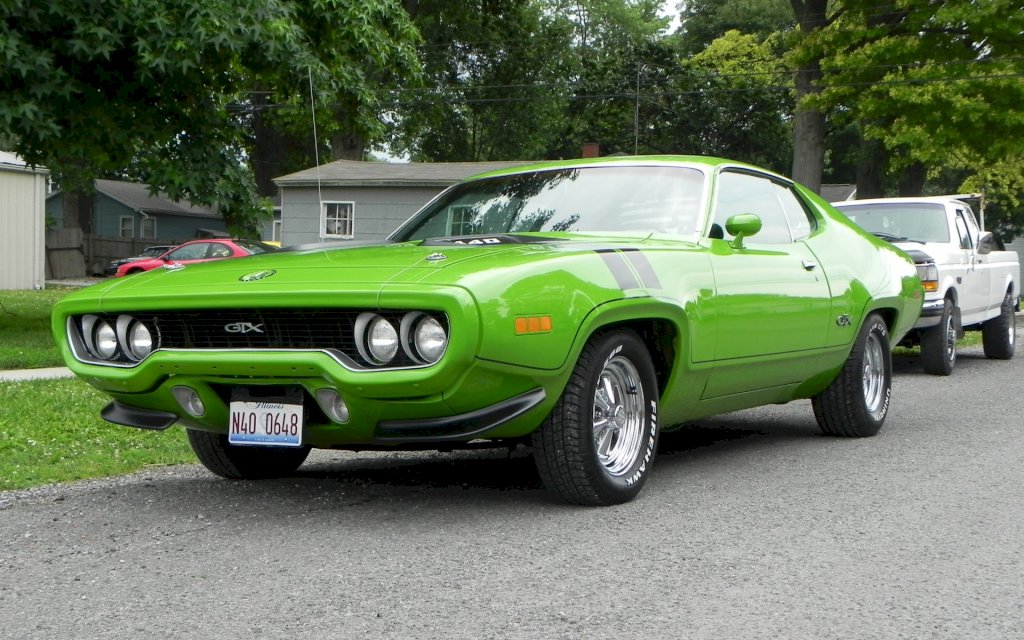In the golden age of American muscle cars, the 1971 Plymouth GTX stood as a bold and unapologetic symbol of power and performance. With its unmistakable styling, potent engine options, and uncompromising attitude, the '71 GTX is revered as one of the pinnacle achievements of Plymouth's muscle car legacy. In this article, we will take a deep dive into the history, design, features, and enduring legacy of the 1971 Plymouth GTX.

History and Background
The Plymouth GTX was introduced in 1967 as a "gentleman's muscle car," designed to offer both high-performance capabilities and comfortable amenities. The 1971 model year marked the final year of the second-generation GTX, which had undergone several design changes and updates since its debut.

The 1971 GTX was built on Chrysler Corporation's B-body platform, sharing many components with the Plymouth Road Runner and other muscle cars of the time. As with previous iterations, the focus of the 1971 GTX was to offer drivers a blend of performance, style, and refinement that set it apart from its competitors.
Design and Styling
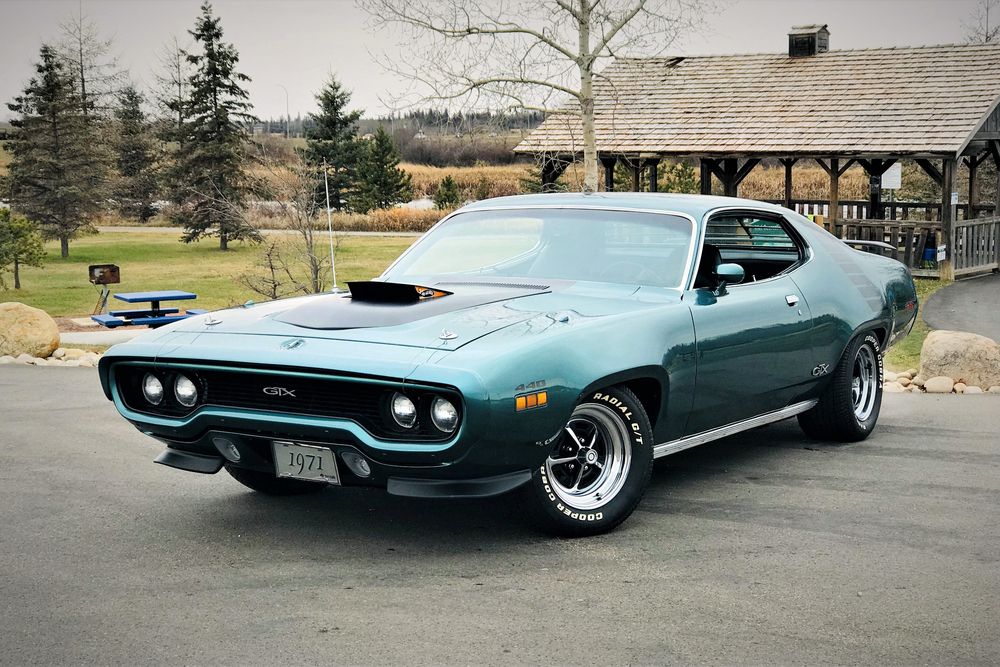
The 1971 Plymouth GTX boasted a bold and aggressive design, characteristic of muscle cars of the early 1970s. The front end featured a split-grille design with an inset "GTX" badge on the driver's side. Prominent quad headlights and a raised power bulge on the hood added to the car's aggressive appearance.

One of the standout design elements of the 1971 GTX was the unique "Air Grabber" hood, an optional feature that allowed the driver to open a trapdoor on the hood, drawing cold air directly into the engine for improved performance during acceleration.
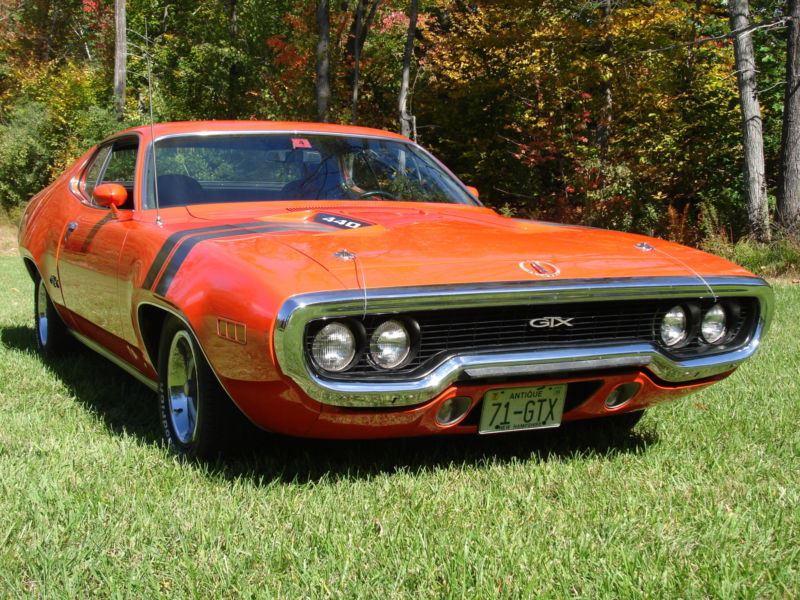
The rear of the GTX featured a sporty and aerodynamic fastback roofline, complemented by distinctive "GTX" lettering on the rear panel. Optional stripes and decals enhanced the car's sporty look and allowed buyers to personalize their GTX to their liking.
Interior Comfort and Amenities
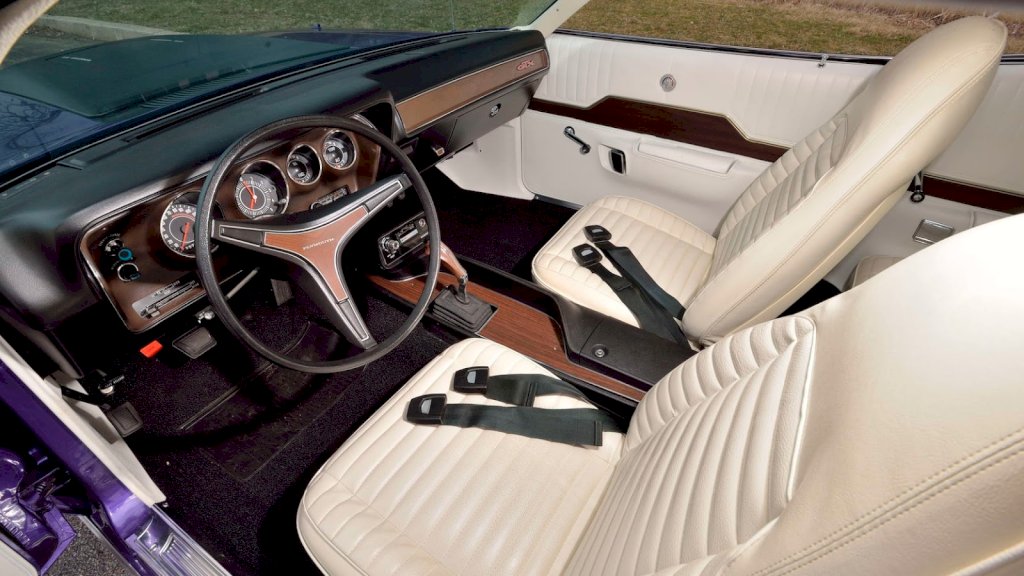
While the 1971 GTX was designed for performance, it also offered a comfortable and well-appointed interior. Bucket seats, upholstered in high-quality materials, provided excellent support for the driver and front passenger during spirited driving.
The dashboard featured a driver-oriented layout, with clear and easily accessible instrumentation. Optional amenities included air conditioning, power windows, a center console, and an AM/FM radio, offering buyers a range of luxury options to enhance their driving experience.
Engine Options and Performance
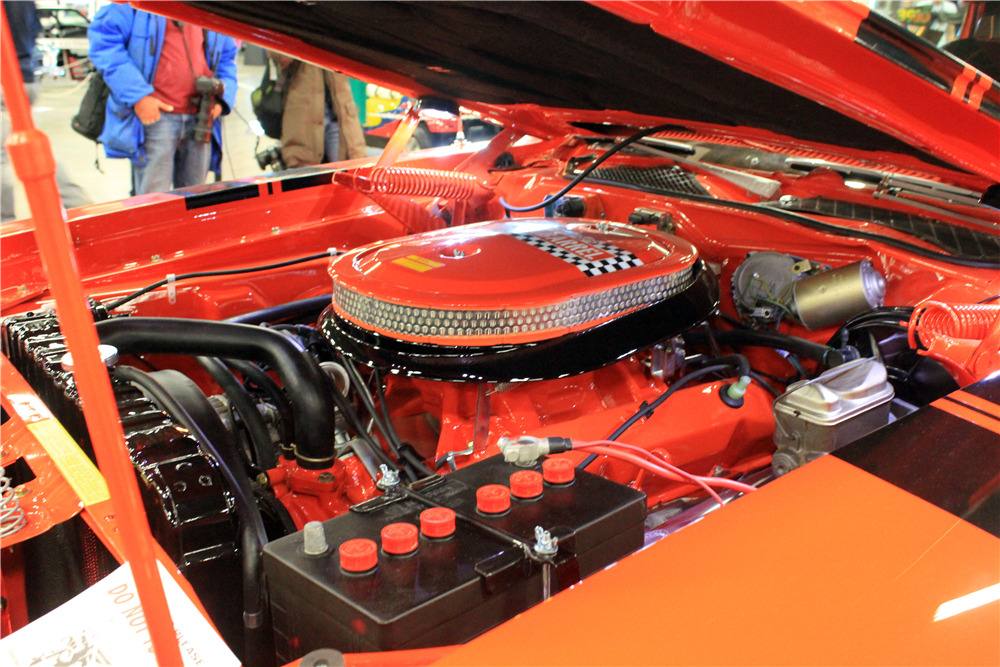
The true heart of the 1971 Plymouth GTX lay under the hood, where a range of powerful V8 engines were available to suit the preferences of buyers. The standard engine option was a 440 cubic-inch V8, delivering an impressive 370 horsepower and 480 lb-ft of torque.
For drivers seeking even more power, an optional "Six Pack" version of the 440 V8 was available. Equipped with three two-barrel carburetors, the "Six Pack" engine produced an astounding 385 horsepower, making the GTX one of the most potent muscle cars of its time.
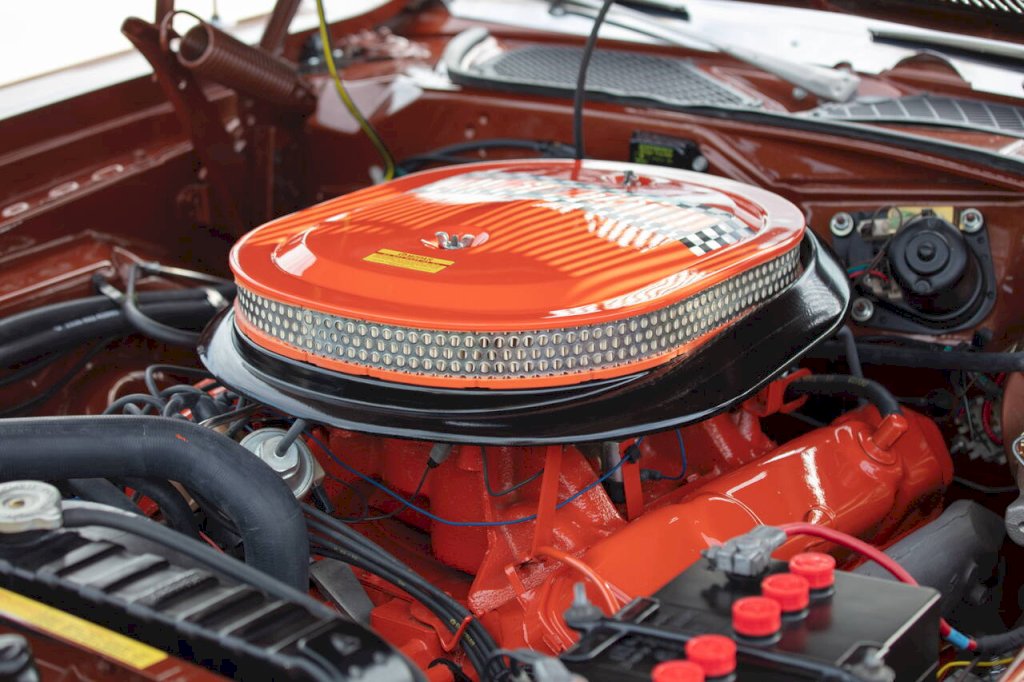
For those seeking the ultimate in performance, the legendary 426 Hemi V8 engine was offered as an option. This monstrous powerplant delivered a jaw-dropping 425 horsepower and 490 lb-ft of torque, propelling the GTX to blistering speeds and making it the ultimate choice for drag racing enthusiasts.
Performance and Handling
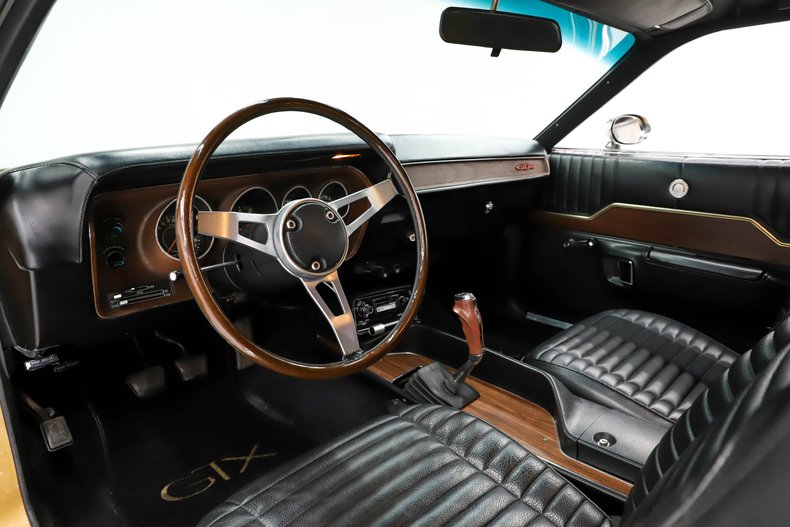
The 1971 Plymouth GTX was more than just a straight-line speedster; it also delivered impressive handling and road manners. The B-body platform provided a stable and well-balanced foundation, allowing the GTX to navigate corners and turns with confidence.
The inclusion of heavy-duty suspension components and performance-oriented tires further improved the car's handling characteristics. Despite its powerful engines, the 1971 GTX was surprisingly nimble for a car of its size and weight, making it a joy to drive on twisty roads and highways alike.
Production Numbers and Rarity

While the 1971 Plymouth GTX was a popular choice among muscle car enthusiasts, its production numbers were relatively low compared to other models in Plymouth's lineup. A total of 2,942 GTX hardtops were produced in 1971, making it a relatively rare find for collectors and aficionados.
The Enduring Legacy
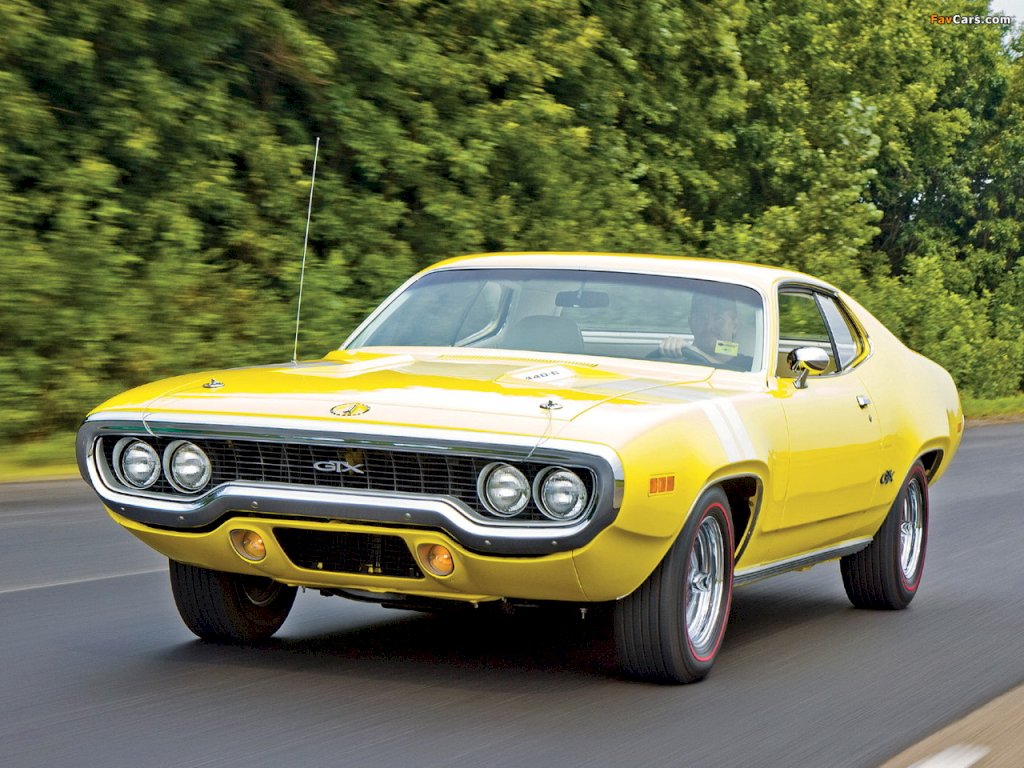
The 1971 Plymouth GTX has left an enduring legacy in the world of American muscle cars. Its distinctive design, powerful engines, and impressive performance continue to command the attention of collectors and enthusiasts, making it a sought-after classic in today's automotive market.
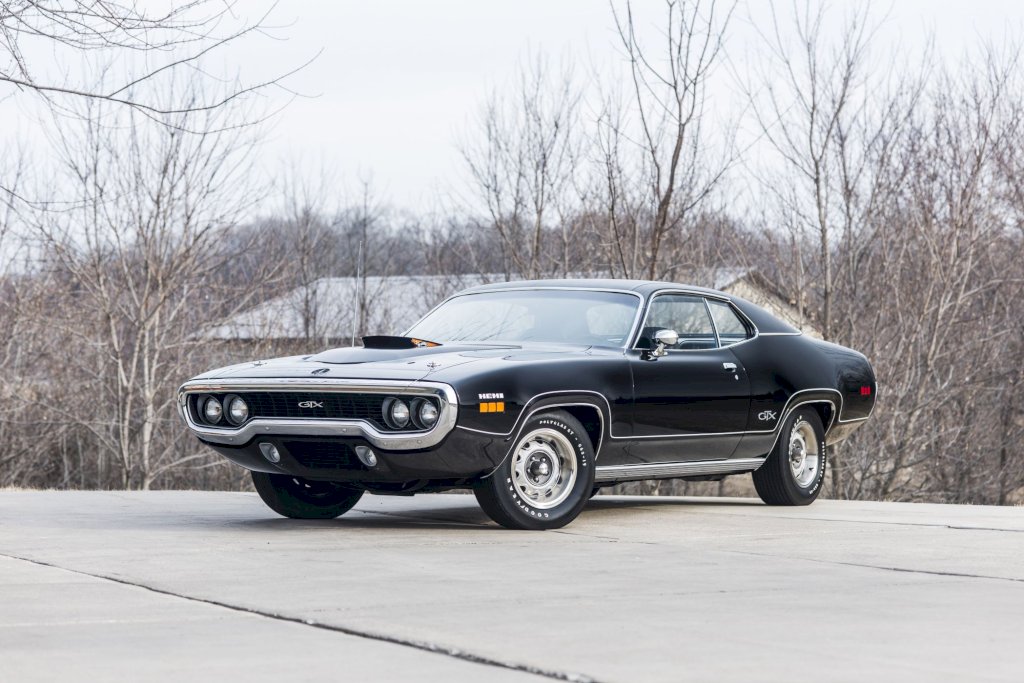
The GTX's reputation as a high-performance machine that also offered comfort and luxury has solidified its place in muscle car history. Its enduring popularity can be attributed to its timeless design, powerful engines, and status as one of the last true "gentleman's muscle cars" before the oil crisis and tightening emissions regulations of the early 1970s led to the decline of high-performance vehicles.
Conclusion
The 1971 Plymouth GTX remains a testament to the golden era of American muscle cars. Its powerful engines, aggressive design, and comfortable interior made it a standout choice for driving enthusiasts of the time. Today, the 1971 GTX's rarity and reputation for performance make it a highly prized and sought-after classic car.
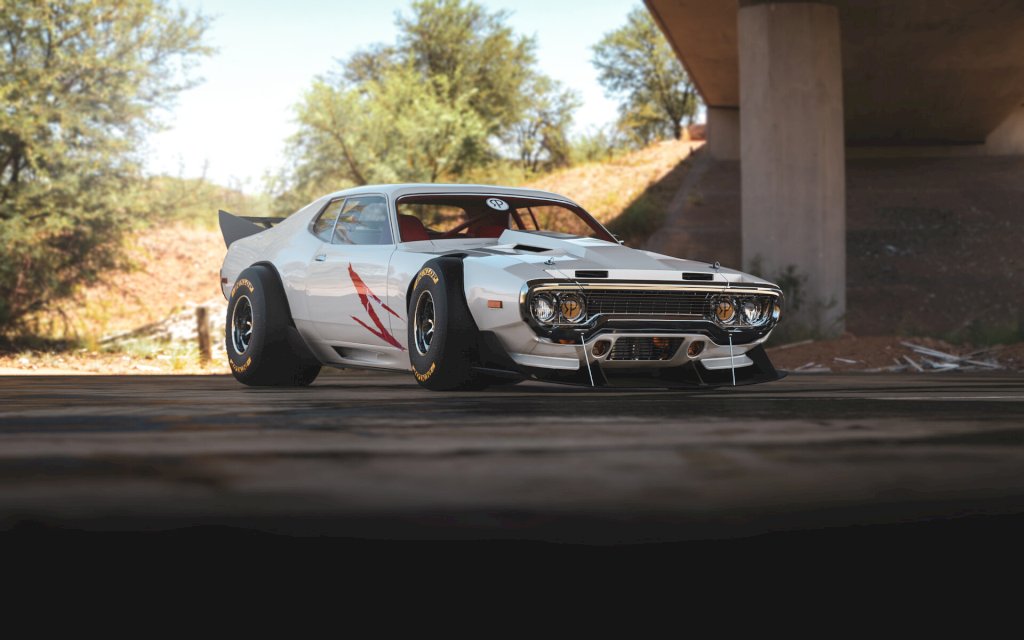
As automotive enthusiasts and collectors continue to celebrate the legacy of the 1971 Plymouth GTX, its place in the pantheon of legendary muscle cars is secure. From its powerful engines and aerodynamic design to its timeless appeal, the 1971 GTX continues to capture the hearts of automotive enthusiasts and stands as a shining example of the true spirit of American muscle cars.
